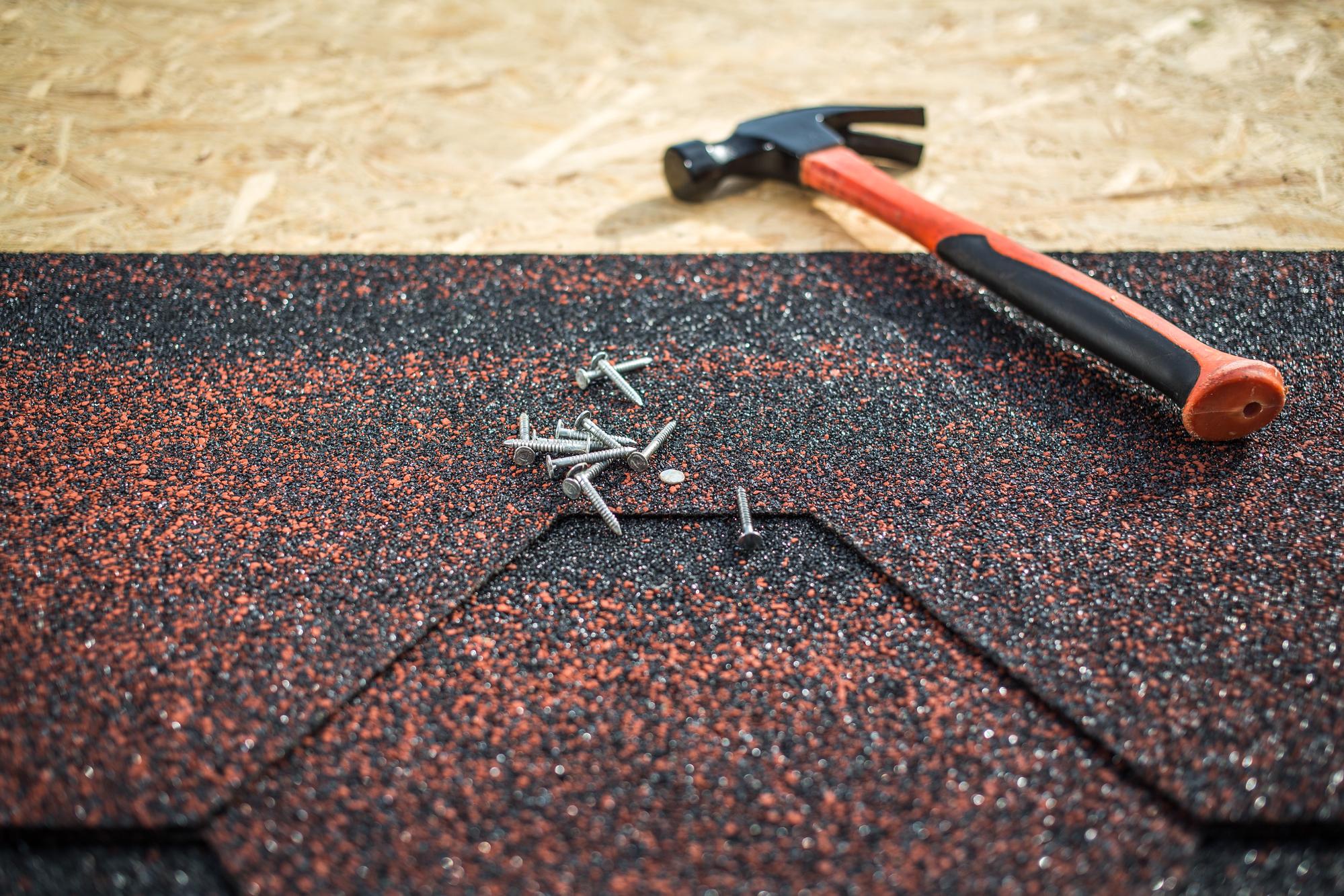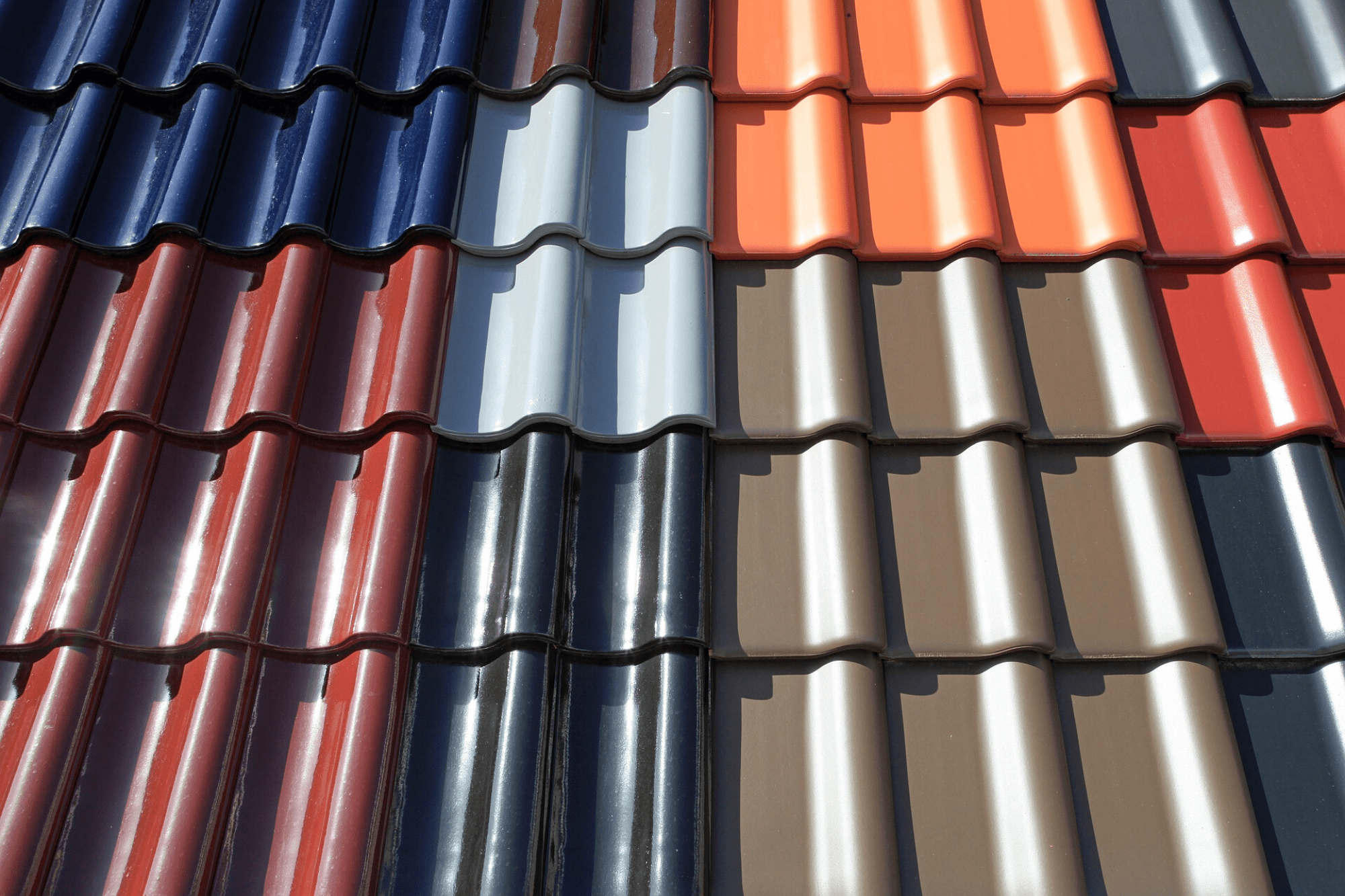An energy-efficient roof is one of the best ways to lower your heating and cooling bills, and a great way to make your home more comfortable in the process. These roofs work by reflecting outside heat away from your home, keeping it cool in the summer. At the same time, they reflect internal heat downwards, keeping your home warmer in the winter. Most of it comes down to the use of good insulation and reflective materials, but there are many ways in which to apply these simple principles. So, let’s look at four of the most common options.
Option One: Metal Roofing
Metal roofing is one of the best options you can find. All metals, especially those with a shiny surface, will reflect both light and heat. This quality means that you won’t need quite as much insulation when using metal roofing. You also won’t need to worry about a reflective underlayment because it would be redundant.
At the same time, metal roofing is a little more expensive. Because of how metal roofing has to be installed, it can be more vulnerable to leaking. An improperly installed metal roof is bound to be a source of leaks, so there is less margin for error when you go with this option.
Because metal roofing tends to be thin and light, it is a little more vulnerable to wind damage. Because of its sharp edges, it can also be dangerous if it should happen to come flying off your rooftop in a storm. Also, a slick metal roof is tough to climb, should you ever need to do so.
Option Two: Tile Roofing
Tile roofing is made from fired clay, and so you couldn’t ask for a more eco-friendly material. Aside from that, it has a lot of practical advantages. First of all, ceramic tiles are pretty cheap. Second of all, they provide excellent insulation due to their greater thickness. If treated with a reflective coating, they can reflect heat almost as well as metal.
Clay tiles are a little bit vulnerable to breakage, and they can sometimes have natural flaws and cracks that break under hard weather. They add a lot of weight to your roof, which is bound to decrease its service life to some degree. All buildings are designed with certain service loads, and a heavier roof will put you at a higher risk of exceeding that load.
Still, these are not huge problems, as most buildings can handle a load of ceramic tiles with no issue. These tiles aren’t suitable for flat roofs, though, because people will be stepping on them too often. Also, they can sometimes absorb a small amount of water, and that can be dangerous for a flat roof.
Option Three: Asphalt Roofing
Most modern homes are constructed with asphalt shingle roofing, so your home is likely to have this type. Unfortunately, asphalt shingles are not very energy-efficient. However, they can be energy-efficient if they are properly designed. The main problem comes from the fact that standard asphalt shingles are so thin. Also, they are not made to be reflective, so they tend to absorb heat instead.
Thankfully, there are some asphalt shingles thick enough to provide decent insulation and reflective enough to stop the transfer of heat to your attic. If your attic absorbs too much heat, your air conditioner will kick into overdrive to compensate. That adds up to a harsher electric bill at the end of the month.
These shingles are likely to be your cheapest option. However, they will require a reflective underlayment and maybe even a reflective coating on the surface. By the time you pay for all that, you might not save a whole lot.
Option Four: Roof Coatings
We have talked a lot about shingles, but what if your roof doesn’t have them? Flat roofs, semi-flat trailer roofs, and dome-roofed homes will often be devoid of shingles. For these roofs, you might want to consider the use of a reflective coating. This is usually a rubberized coating that is painted on like a varnish.
Flat roofs tend to absorb heat more readily than sloped roofs. The problem is made worse by the fact that many flat roofs are pitched with tar. Tar, like asphalt, absorbs heat and holds it for a long time rather than reflecting it to the outside. Thankfully, you can paint over tar or bitumen with reflective paint and alleviate some of that overheating.
Roof coatings have the advantage of being easy to install. A contractor doesn’t need any special equipment, as the process isn’t much different from painting. This leads to lower installation costs for you.
A Word About Roof Color
When choosing the right kind of roof, you should also think about the color of your roof. It won’t make a huge difference, but you shouldn’t forget about it. As you might guess, dark-colored roofs will absorb more heat than lighter-colored roofs. So, you need to think about what you want this roof to do in relation to your climate.
If you live in a relatively hot climate, you want a lighter-colored roof. You will never want your home to hold the heat, so your decision is easy. Likewise, a person who lives in a very cold environment would always go with a dark color. For everyone else, there will need to be a judgment call. We would recommend that you avoid green roofs, as this study found them to be more expensive and less durable.
Conclusion
Choosing the right roof is never an easy decision. Having a new roof installed is an expensive project whose results will affect you for years to come. While we hope that this article has helped your decision, we would advise you to avoid hasty conclusions. You might begin by looking at the most popular types of roofs in your area. In most cases, these designs are popular for good reasons, so don’t neglect the wisdom of common use. If you would like to learn more, feel free to fill out the contact form.










